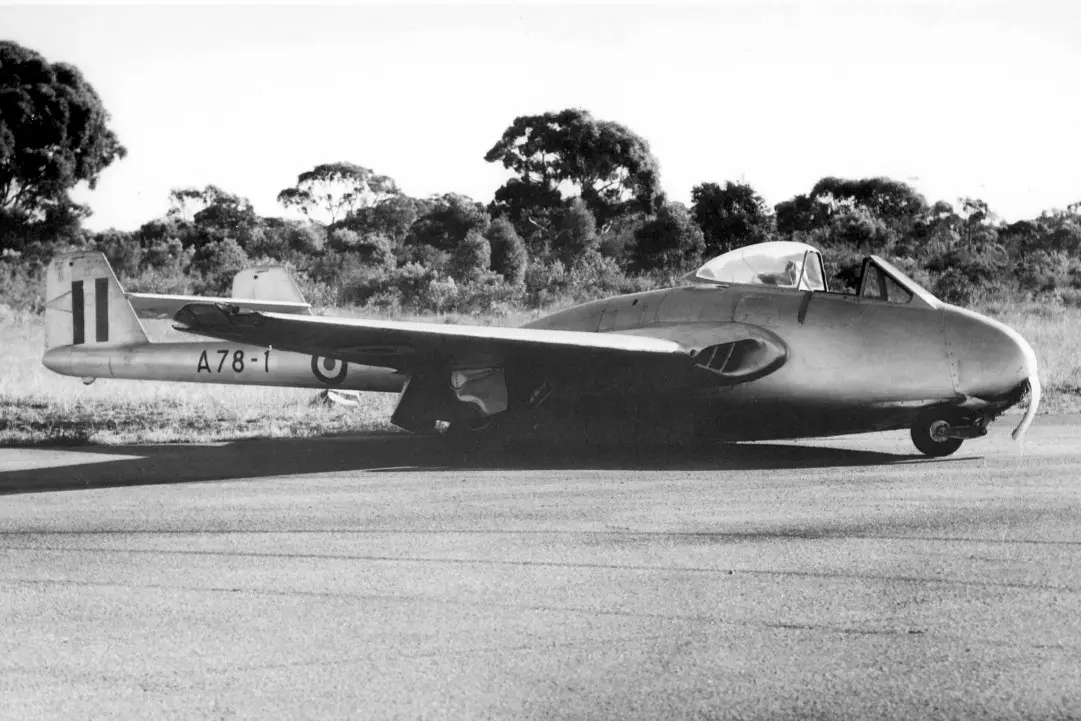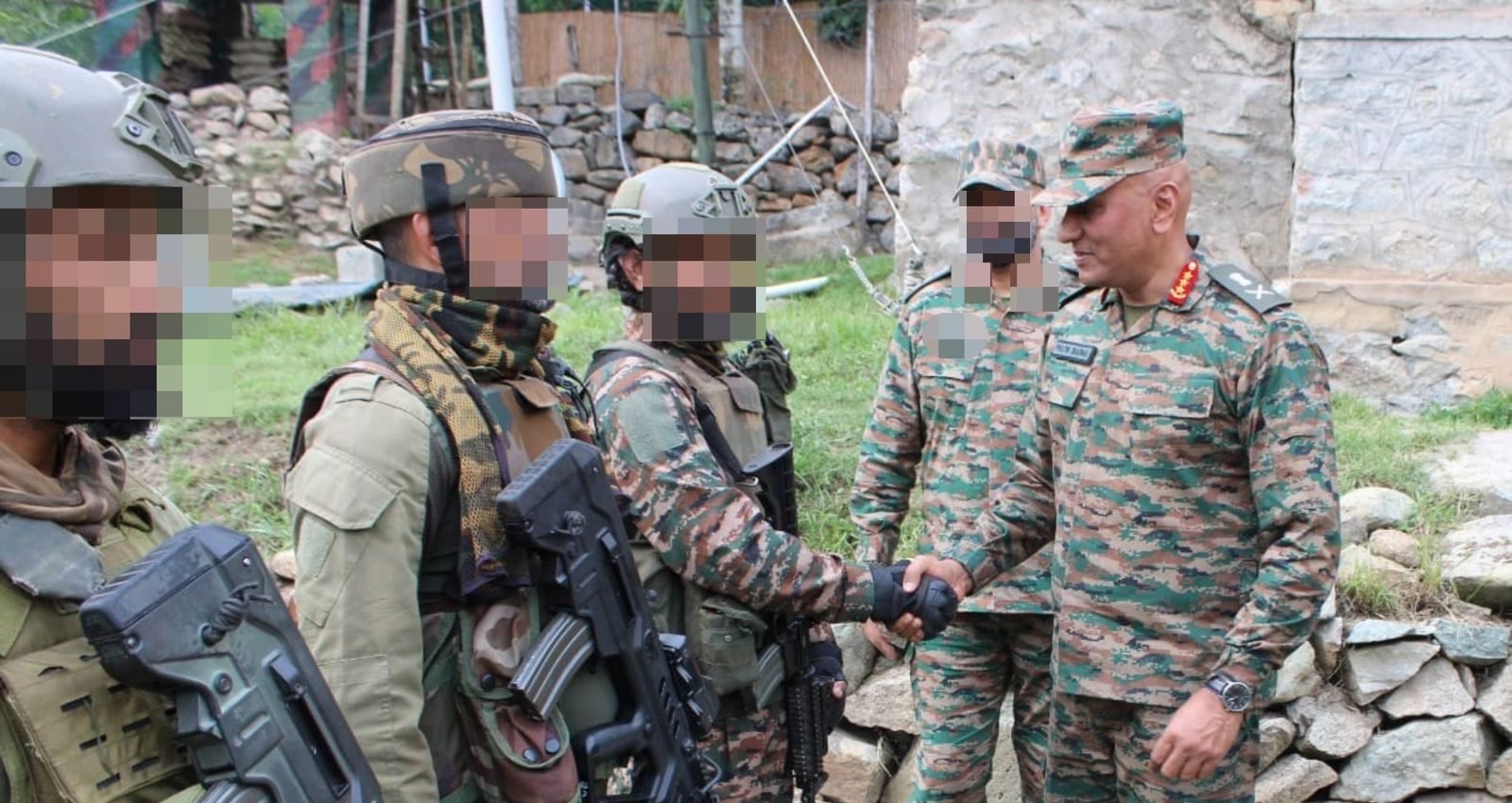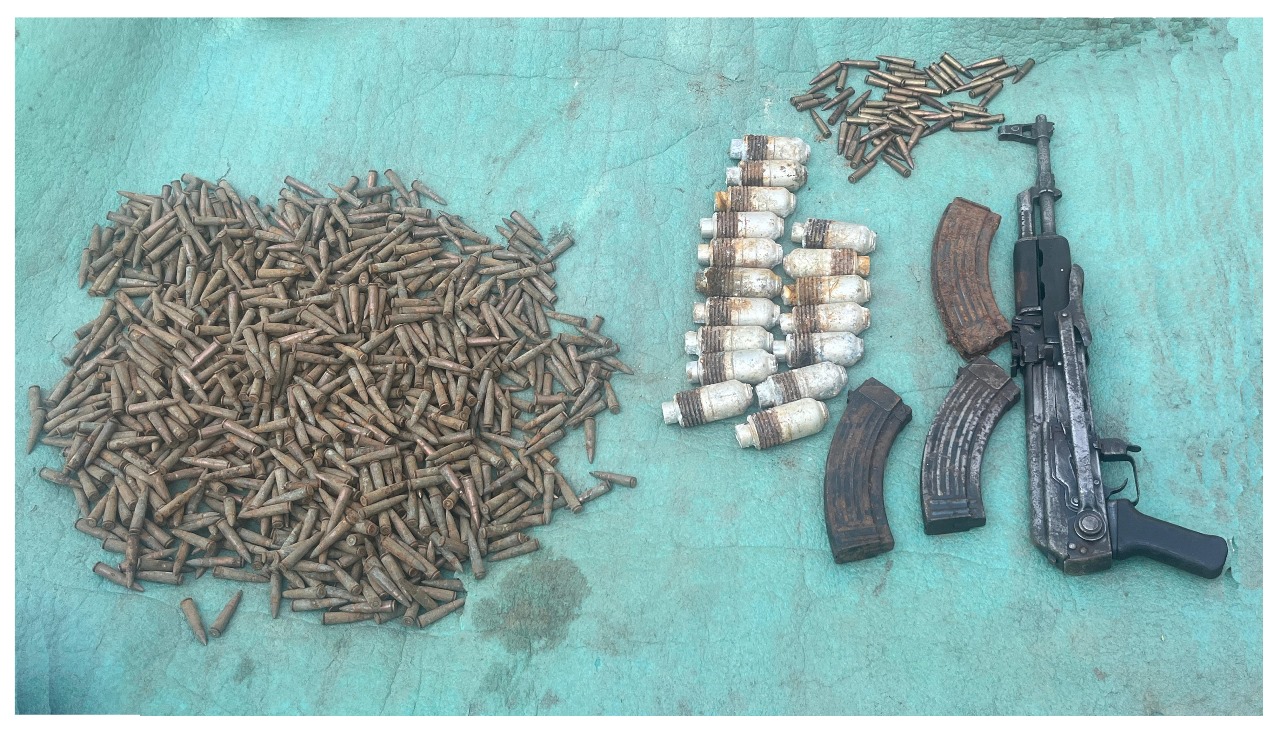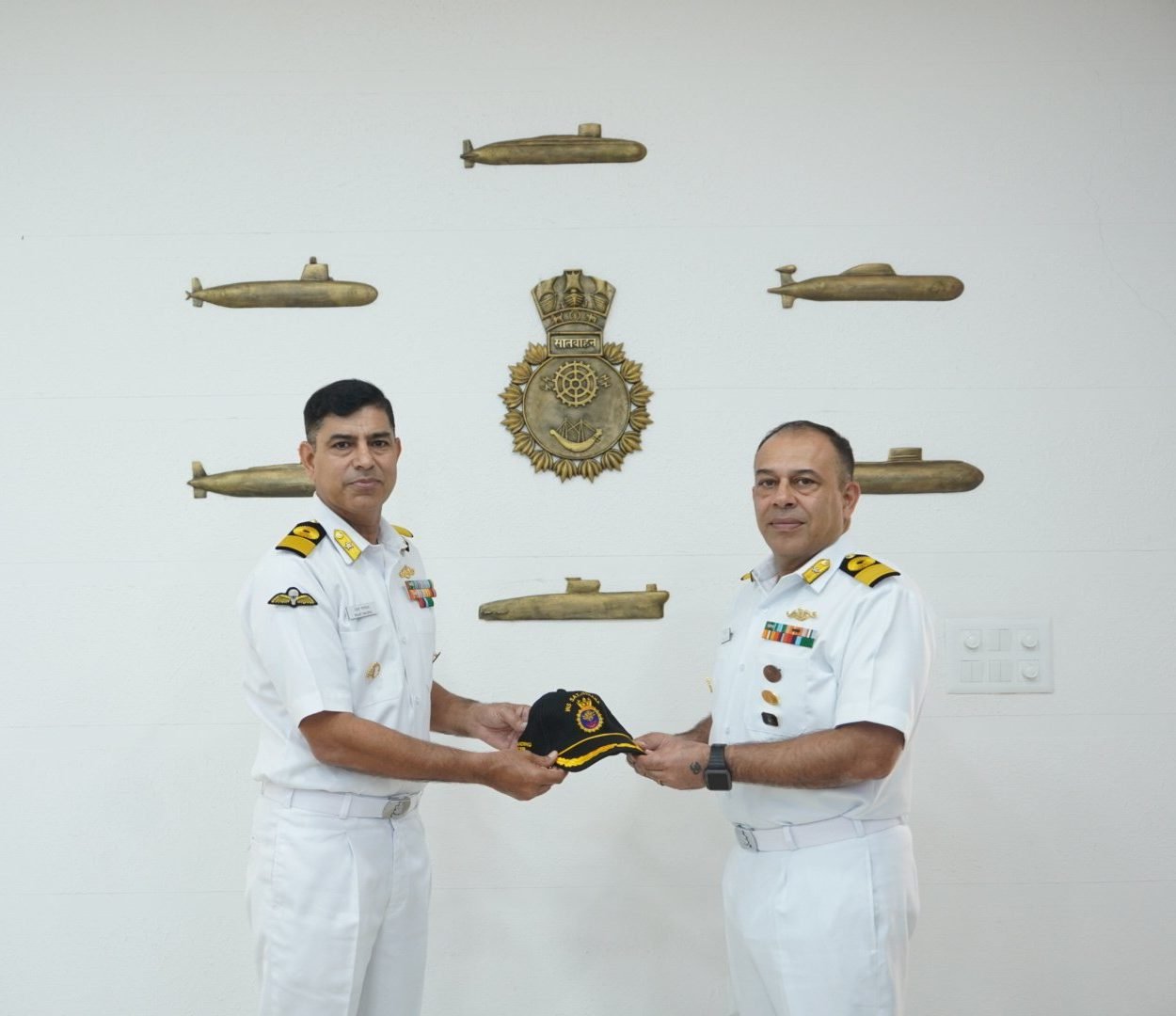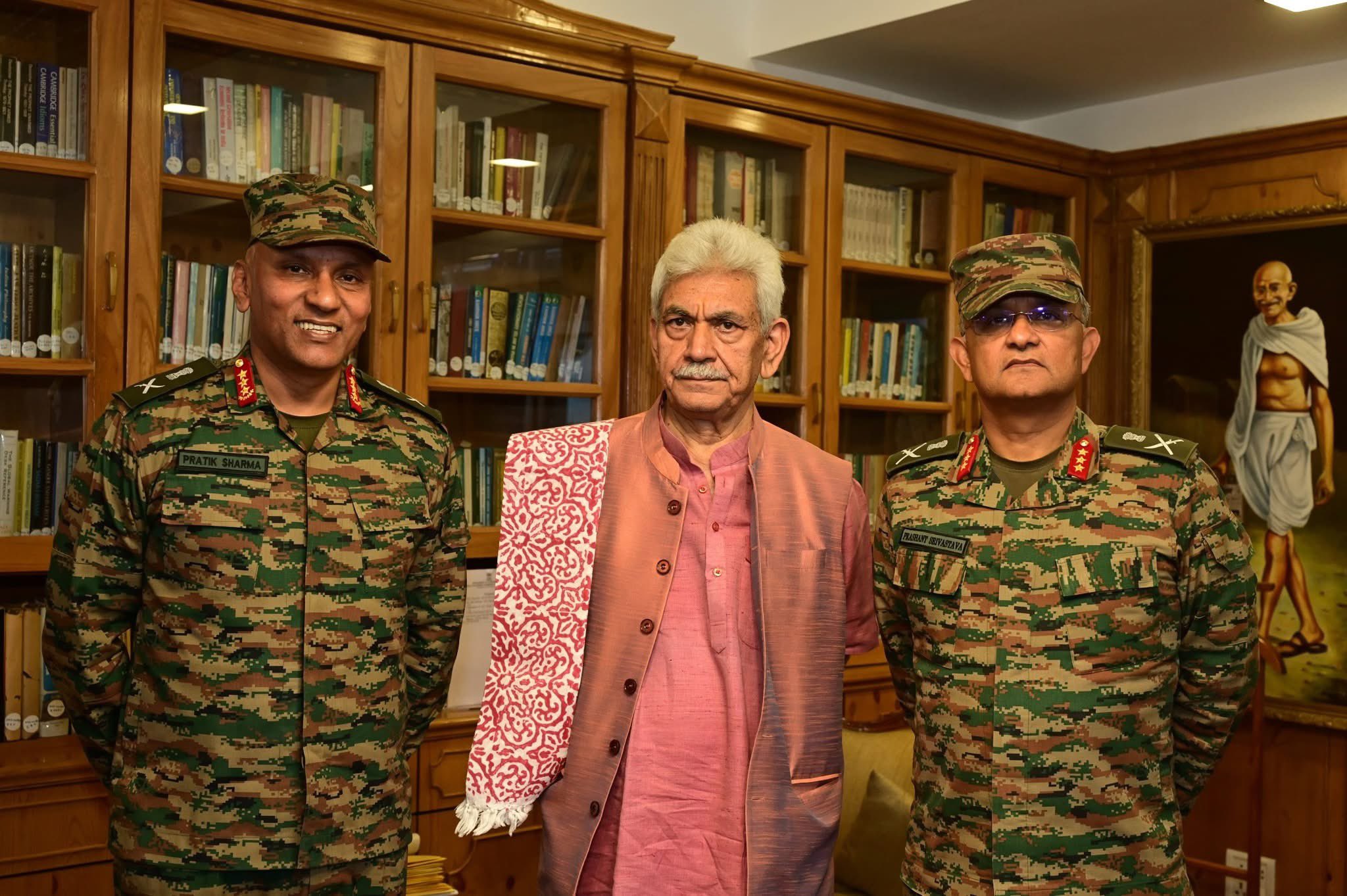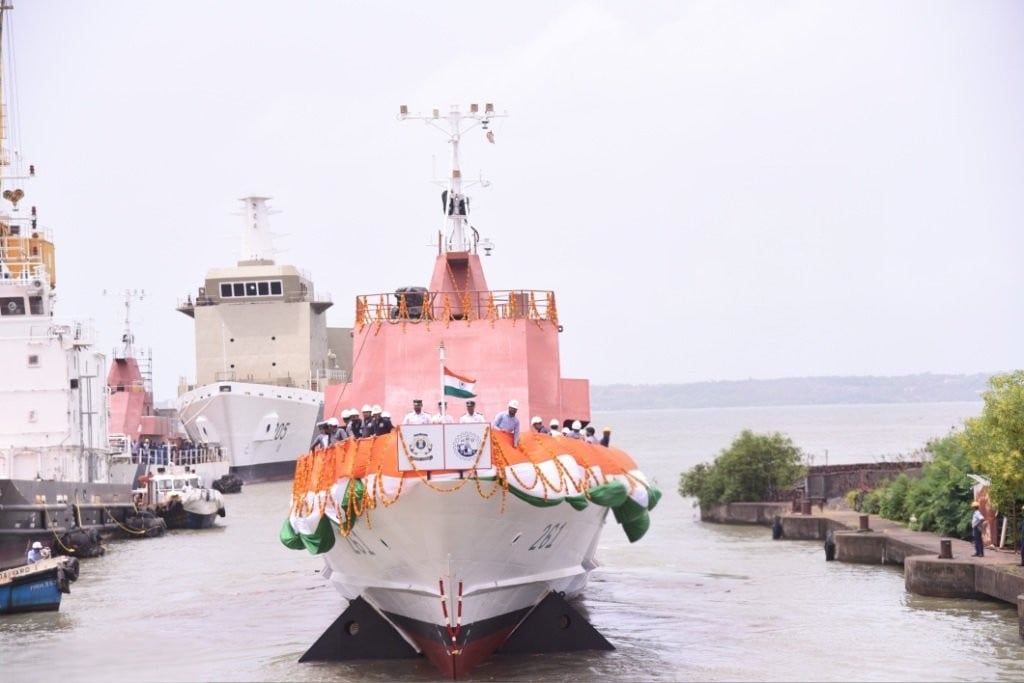Know About ‘de Havilland Vampire’: India’s First Fighter Jet and Its Role in the 1965 Indo-Pak War
India’s entry into the jet age began with the induction of the de Havilland Vampire, a British-designed jet fighter that…
Lt Gen Pratik Sharma Commends Troops for Neutralizing Top Terrorists in Operation Mahadev
In a significant counter-terrorism breakthrough, Lieutenant General Pratik Sharma, General Officer Commanding-in-Chief of the Northern Command, visited North Kashmir on…
Operation Chowkibal: Major Arms Cache Seized in Kupwara by Security Forces
In a major success under Operation Chowkibal, security forces recovered a significant cache of arms and ammunition in north Kashmir’s…
Commodore Dhiraj Khanna Takes Command of INS Satavahana
In a ceremonial handover held at INS Satavahana, Commodore Dhiraj Khanna officially assumed command from Commodore Rajat Nagpal. Located in…
Lt Gen Pratik Sharma Briefs LG Manoj Sinha on Operation Mahadev
Lieutenant General Pratik Sharma, General Officer Commanding-in-Chief (GOC-in-C) of the Northern Command, briefed Lieutenant Governor Manoj Sinha today on the…
Goa Shipyard Launches ICGS ATAL Fast Patrol Vessel for Indian Coast Guard
Goa Shipyard Limited (GSL) launched the Indian Coast Guard Ship (ICGS) ATAL, a Fast Patrol Vessel (FPV), during a formal…

